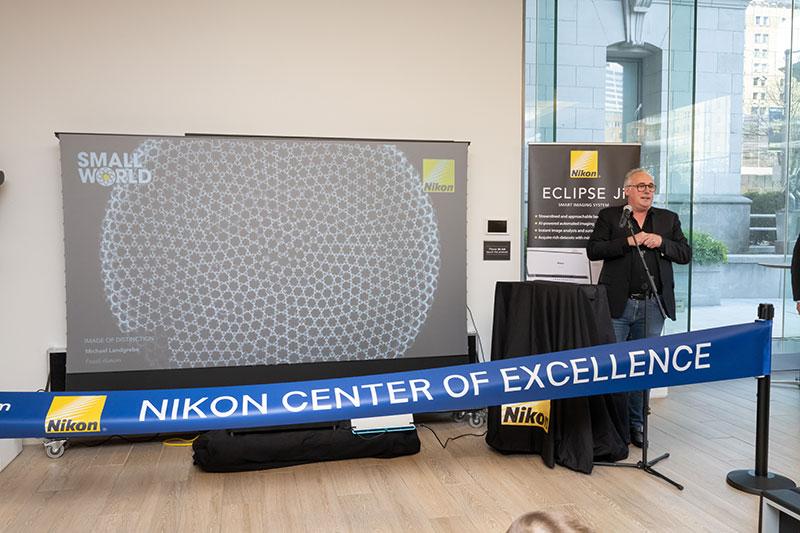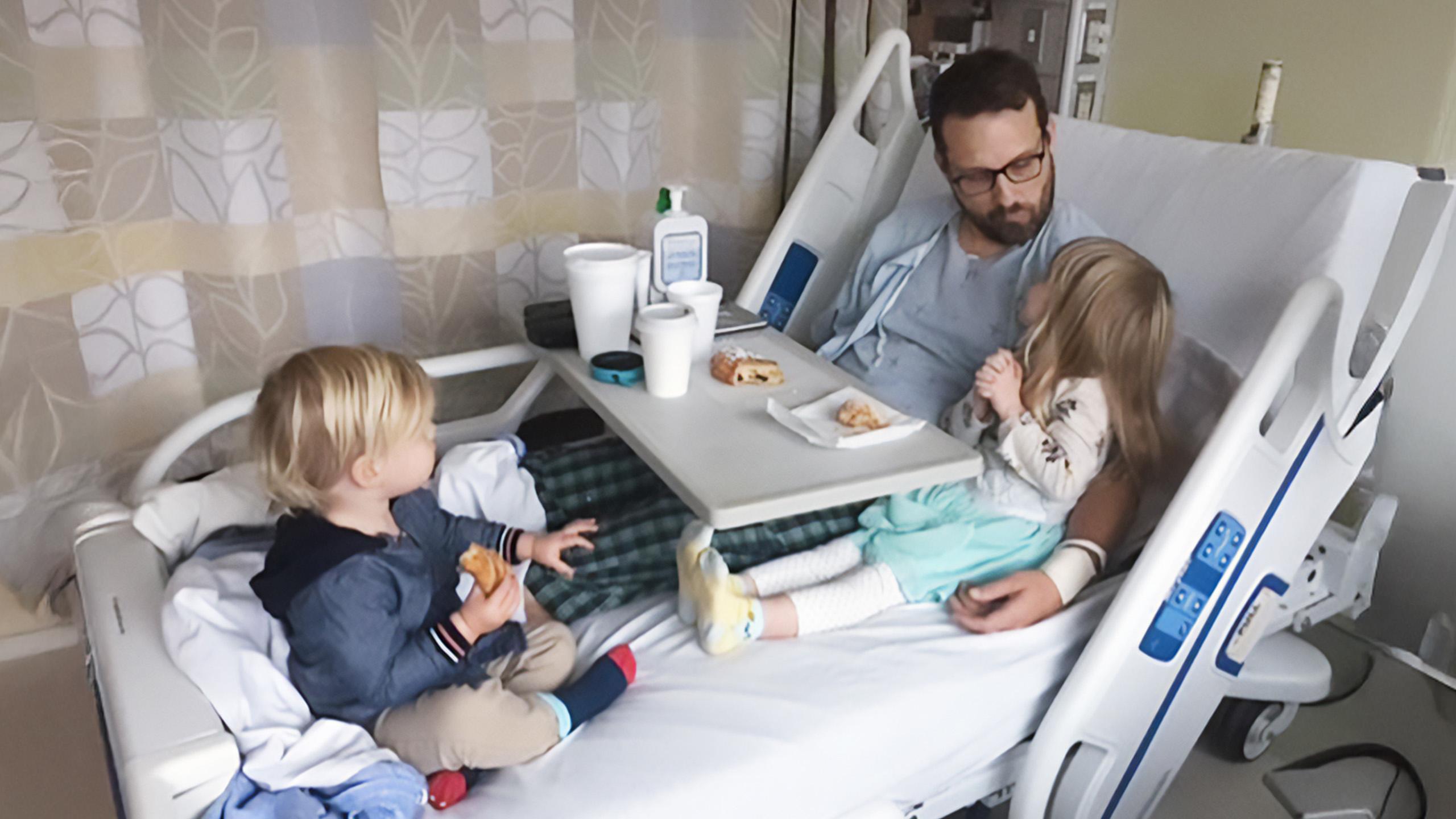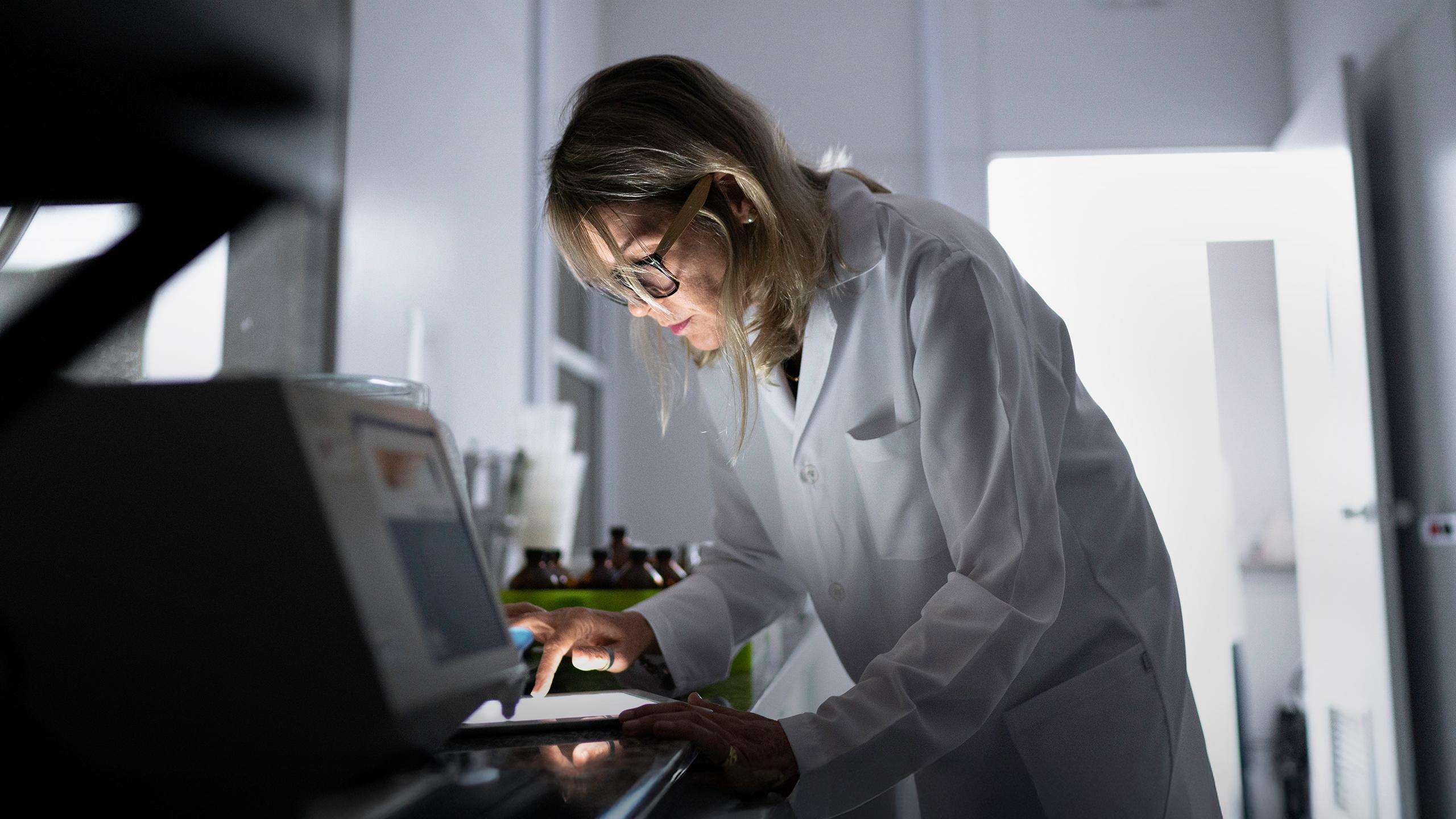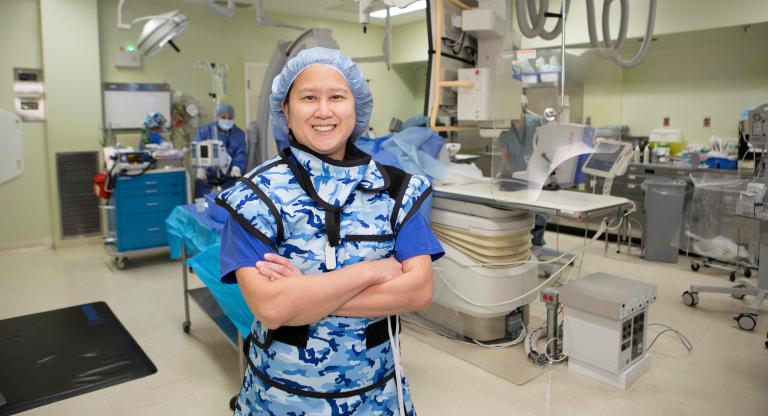Inside the Nikon Center of Excellence at LTRI

In April 2024, the Lunenfeld-Tanenbaum Research Institute (LTRI) hosted an event celebrating Canada’s first Nikon Center of Excellence, a groundbreaking collaboration with Nikon that has positioned the LTRI as a global leader in advanced imaging technology.
The event, featuring talks from renowned experts, showcased the transformative potential of this innovative partnership established in 2021.
The Nikon Center’s state-of-the-art facilities and advanced microscopy systems are driving scientific breakthroughs within the institute and beyond. Imagine upgrading from a basic camera to a professional-grade model; similarly, these advanced microscopes offer superior resolution. This deep understanding of cellular and tissue biology serves as the foundation for identifying disease mechanisms, biomarkers and therapeutic targets, ultimately paving the way for the development of novel diagnostic and therapeutic strategies to combat human diseases.
Access to these state-of-the-art technologies sets LTRI apart on the global stage in several ways, offering capabilities and resources that wouldn't be available otherwise. A few highlights include:
- Early adoption of cutting-edge microscopy systems: The Nikon Center provides access to the newest technologies, allowing the lab to be an early adopter of advanced microscope systems. Additionally, ongoing collaboration with Nikon's engineers ensures continuous refinement and customization of microscope systems, further enhancing the lab's ability to push the boundaries of science.
- Unique combinations of super-resolution microscopes: The Center houses an unmatched breadth of specialized microscope systems that offer powerful imaging capabilities. For example, the recent installation of a novel, spinning disk super-resolution system combined with a STED (Stimulated Emission Depletion) super-resolution microscope was the first of its kind in Canada. This combination enables researchers to achieve ultra-high-resolution imaging of biological samples while also capturing dynamic processes in real time which is critical when you’re studying changes to cells and tissues that occur with, for example, a therapeutic targeted to a tumour.
- Cutting-edge computing infrastructure for data processing: What’s hardware without the software to optimize it? The Center hosts Nikon's first Graphics Processing Unit (GPU) server designed for processing large datasets. By harnessing the power of GPUs, the lab can efficiently process massive volumes of data, enabling rapid insights and accelerating the pace of scientific discovery.
These leading-edge technologies, combined with the expertise of researchers like Dr. Laurence Pelletier - who is also Director of the Nikon Center - fuel groundbreaking research initiatives. Dr. Pelletier's innovative techniques, powered by the Nikon Center's advanced microscopy, allow him to visualize with unprecedented resolution multiple cells in three dimensions over time, creating “movies” that show the entire cell cycle. This is a major breakthrough in research, as traditional microscopes only take static snapshots of dead cells without the context of the activity and function of each part of the cell.
With its arsenal of advanced imaging systems, the Center is poised to drive transformative research that will shape the future of health care.










